This is quite possibly the most delicious recipe I’ve ever created. Inspired by a Manila Chicken Adobo recipe I had, I *needed* to recreate this recipe to be able to eat this delicious meal again and again. It isn’t a quick meal, but it is worth it. Make enough for leftovers, you’ll thank me later!
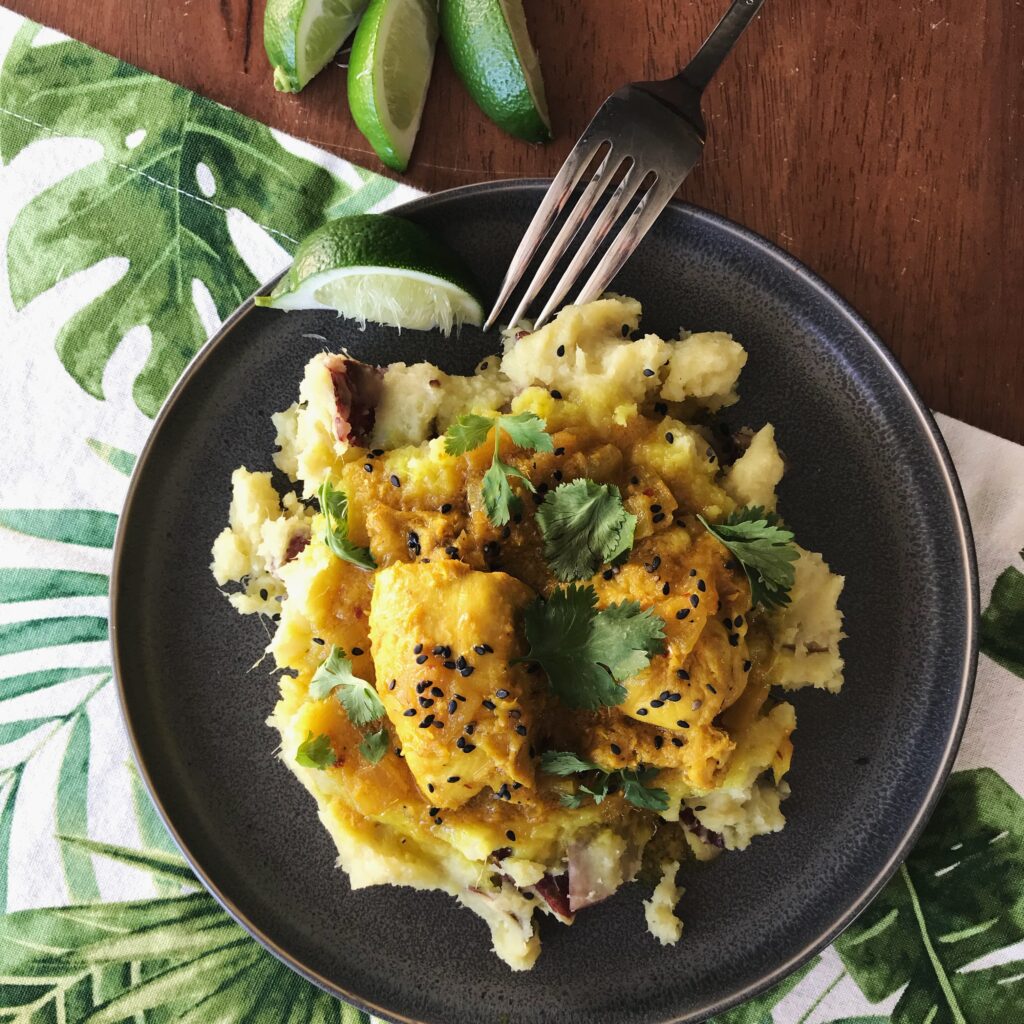
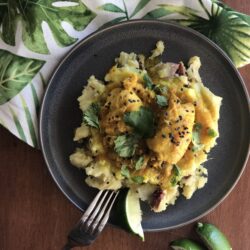
Paleo Chicken Adobo
Equipment
- Cuisinart Food Processor
Ingredients
- 2 large white sweet potatoes
- 2 lbs boneless skinless chicken thighs
- 1 large onion diced
- ¼ cup coconut aminos
- ¼ cup coconut vinegar
- ½ cup full-fat coconut milk
- 1 tsp turmeric
- 1 tsp sea salt
- ½ tsp ground pepper
- ½ tsp chili flakes more or less depending on preference
- 6 tbsp grass-fed butter
- ¼ cup cilantro, chiffonade optional garnish
- black sesame seeds optional garnish
Lemongrass Paste
- 2 stalks lemongrass, cut into 2 in pieces dry outer leaves removed
- 3 in. piece ginger peeled
- 4 garlic cloves peeled
- ⅓ cup extra-virgin olive oil
- 3 tsp dried turmeric
- ½ tsp sea salt
Instructions
Lemongrass Paste
- To make the lemongrass paste, add all of the ingredients to a food processor and pulse for 1 minute. Scrape down the sides and pulse again. Scrape down the sides again and pulse again. It should have a pretty smooth consistency and no longer have a woody texture. Set aside. (This can be made up to 3-4 days ahead of time and stored in a jar.)
Recipe
- Add the sweet potatoes to a large pot and add enough water to cover the sweet potatoes. Add a pinch of salt and bring to a boil. The potatoes are done when easily pierced with a knife, about 15-20 minutes.
- While the potatoes are cooking, rinse the chicken thighs and pat dry. Then season on both sides with turmeric, sea salt, and pepper.
- Drain potatoes and return to the pot. Add 4 tbsp. of butter and mash with a potato masher. Set aside.
- Add 1 Tbsp. of the butter to a medium pot and heat over medium high heat. Once the butter is hot, add the onions. Stir onions and cook until translucent. Remove the onions from pan and set aside.
- Add the remaining 1 Tbsp. of the butter back to the medium pot on medium-high heat and once the butter is hot, add the chicken. Brown the chicken on both sides. Continue cooking and add the coconut milk, coconut aminos, and coconut vinegar and mix. Then add the onions, the chili flakes, and 5 Tbsp. of the lemongrass paste. Continue cooking for about 10 minutes on medium heat.
- To serve, place a large scoop of sweet potato mash in a bowl. Then top with chicken and lemongrass gravy mixture and garnish with cilantro and black sesame seeds. Enjoy!
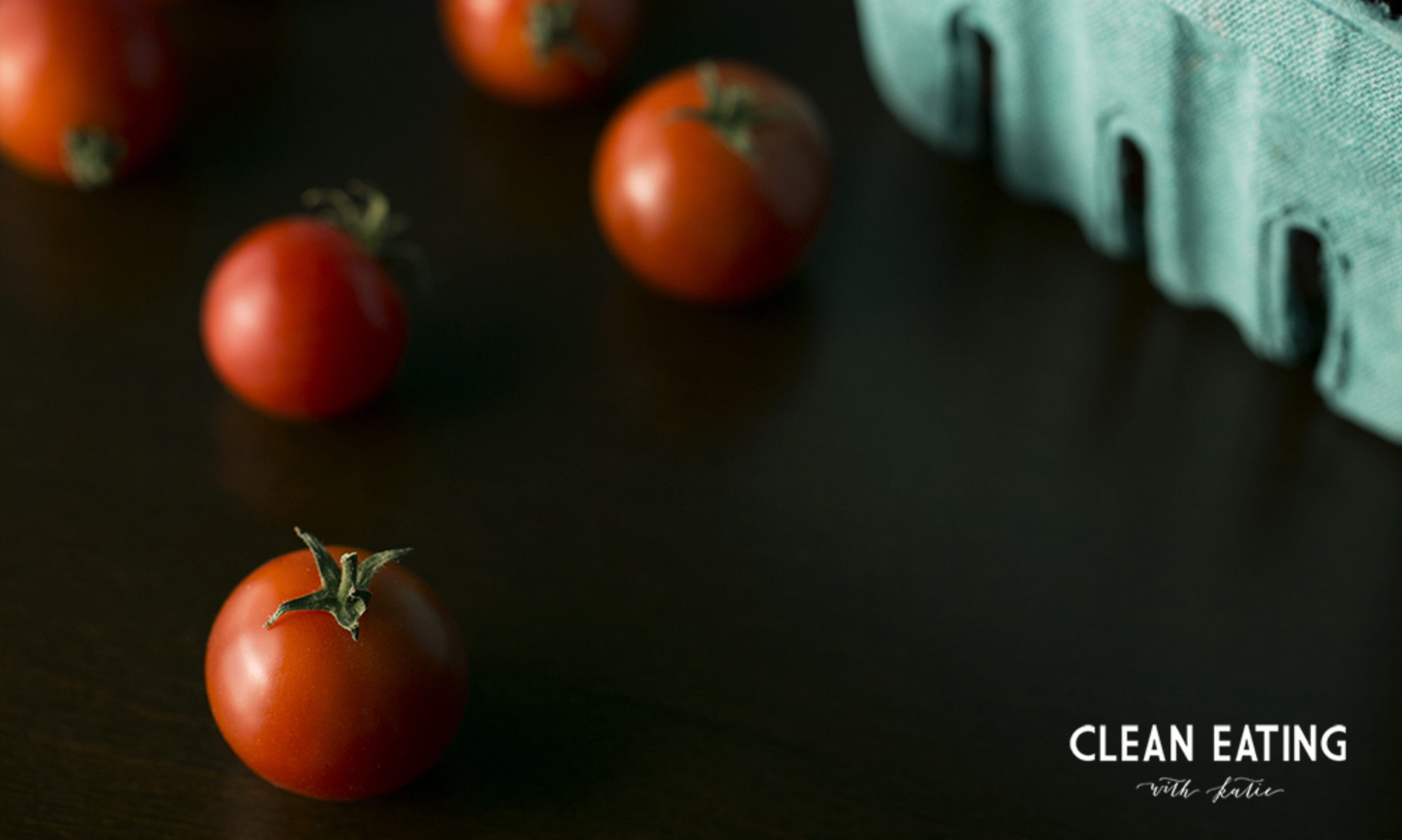

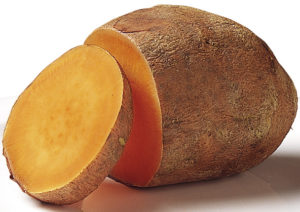

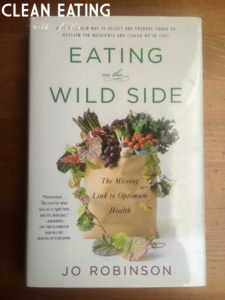 In Eating on the Wild Side, You’ll learn that sweet potatoes aren’t in the potato (nightshade) family but in the morning glory family, that drinking a glass of beet juice before a run will help you run longer (due to the naturally occurring nitrates), that the outer leaves on lettuces are the most healthy because they make the most chlorophyll, and that broccoli loses most of it’s phytonutrients within 24-hours of harvest – so grow your own or shop at the farmer’s market and look for it on ice.
In Eating on the Wild Side, You’ll learn that sweet potatoes aren’t in the potato (nightshade) family but in the morning glory family, that drinking a glass of beet juice before a run will help you run longer (due to the naturally occurring nitrates), that the outer leaves on lettuces are the most healthy because they make the most chlorophyll, and that broccoli loses most of it’s phytonutrients within 24-hours of harvest – so grow your own or shop at the farmer’s market and look for it on ice.